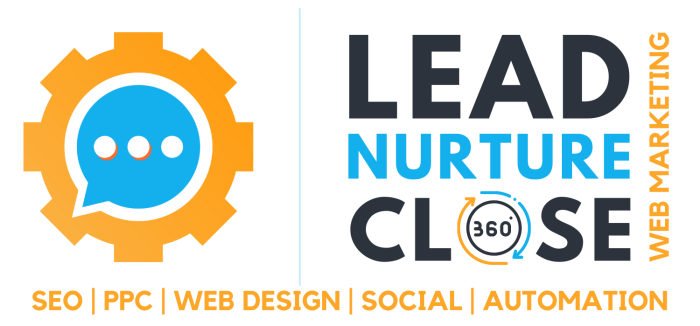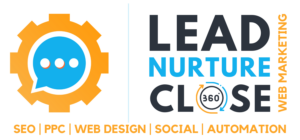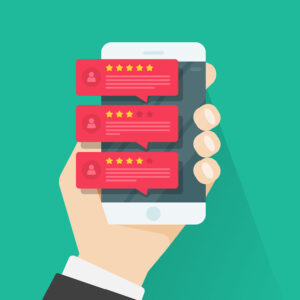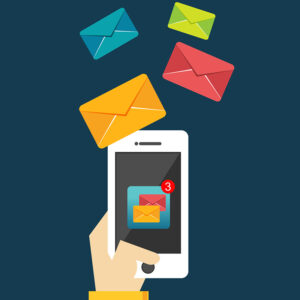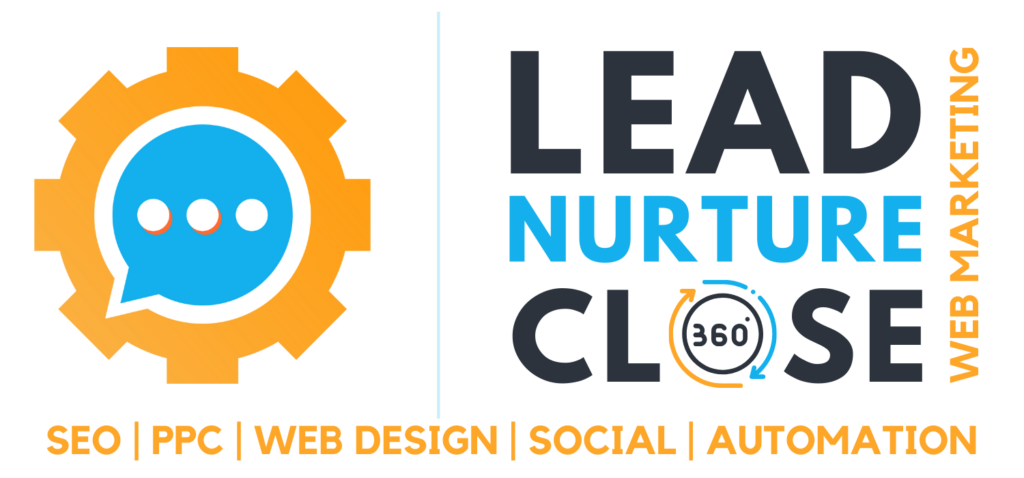With the global number of email users predicted to grow to 4.59 billion by 2025, it’s no surprise that service businesses are taking advantage of email marketing to generate growth. From finance, real estate, and information technology, to hospitality, healthcare, and home maintenance, every sector of the service industry depends on email marketing to attract, engage, and retain customers.
However, not every service business follows email marketing best practices, something that can undermine results. If you think your email campaigns could be doing a lot more to bring in business, keep in mind the following seven golden rules to maximize results.
1. Optimize Your Welcome Emails
Automated welcome emails should be sent to customers as soon as they sign up for your list. In a large 2020 study, the average open rate for a welcome email was around 86 percent — much higher than the open rate for a standard email. For this reason, the welcome email is one of the best opportunities you’ll have to introduce your services and convince people to engage with your business.
The most effective welcome emails include the following:
- A prominent business logo to familiarize customers with your brand.
- A warm greeting that uses the subscriber’s name.
- A brief summary of the benefits of using your service.
- A call to action (CTA), whether you want users to visit a landing page, read a recent blog post, edit their email preferences, or claim an exclusive offer.
- An unsubscribe link. While this is required by law, it’s also important for keeping your list “clean.”
2. Segment Your Audience
A customer that recently used one of your services might have different needs than someone who hasn’t engaged with your business for six months. This is why segmenting your email list is so important. For example, you might want to send a follow-up survey to a recent customer, whereas sending a limited-time offer to a more inactive customer might be a better option.
You might have already gathered some key information from users when they signed up, but you should also use your email marketing software to segment your list into smaller groups. As well as age, gender, and location, segment your lists based on the origin of capture, date of last service, and length of subscription. Refining your lists means you can send more personalized, relevant messages to each group.
To take things further, send users a link to your email preference center, where they can choose which types of content they receive and how often. Fortunately, most email marketing platforms will automate some of these processes.
3. Create Relatable Copy
One of the worst things you can do as a service business is to write copy that customers can’t relate to. Ultimately, you need to show that you understand your customers, so writing jargon-free, a relatable copy should always be one of your top priorities.
How do you show that you understand the needs, fears, and aspirations of customers? First, you need to listen. Whether it’s on social media, website forums, or review sites, take the time to listen to what people are saying about your business and services. What common problems do they face? What do they expect from you? The more you understand your audience, the more you can create engaging content that connects with readers on an emotional level.
Second, don’t be afraid to regularly ask your customers for feedback. Send out email surveys to find out what people think about your services. Then let your audience know what you’ve learned from their feedback and what you’re going to do as a result. As you listen to customers, take note of the language they use, and what frustrates or pleases them. This will give you a good idea about how to talk to your customers in emails.
4. Show Your Expertise
No one knows your business like you do, so use your knowledge as an asset to highlight the value of your services. Email marketing isn’t about constant self-promotion, but there are subtle ways that you can inspire confidence from potential customers.
Throughout the year, your email editorial calendar should include content that educates, informs, and inspires your audience. Delivering a constant stream of valuable content is one of the best ways to keep your business top of mind with customers and promote customer loyalty. Here are a few examples of content to build your reputation:
- Tutorials.
- Product guides.
- Employee spotlights.
- Service update information.
- Company event schedules.
- Links to helpful blog content.
- Interviews with team leaders.
- Links to helpful YouTube content.
- Customer testimonials and reviews.
- Industry reports and audience surveys.
- Reports on awards your business has received.
- Behind-the-scenes content, such as staff photos and videos showcasing your services.
The more value customers receive from you, the more likely they’ll want to do business with you when the time is right.
5. Offer Incentives
Ultimately, you want your email recipients to get a quote online or call you to make a booking. One of the best ways to encourage action from potential customers is to offer an incentive at the right time. There are a few ways to do this:
- Referral campaigns. Offer special gifts and discounts to customers who refer friends and family to your business.
- Promote exclusive offers. Create a sense of urgency by offering time-sensitive deals. For example: “Book by Friday and get 10 percent off.”
- Offer promotional codes for specific services. According to one study, emails with promotional codes achieved a 48 percent increase in revenue per email sent.
Remember to emphasize how customers will benefit from your service alongside CTA buttons.
6. Send Follow-Up Emails
Sending follow-up emails at the right time is a great way to remind people of your business, build brand awareness, and show that you value your customers beyond the initial transaction. There are various ways you can use follow-up emails:
- To ask for feedback.
- To thank customers.
- To confirm service delivery.
- To upsell and cross-sell your services.
- To remind customers about your services.
For example:
- Insurance agents can recommend additional insurance policies.
- Website designers can ask for a testimonial after the completion of a project.
- Plumbers can remind customers that their fixtures are nearing the end of their warranty.
The goal is not always to drive sales, but to maintain customer awareness of your company and its services.
7. Test and Analyze
Many service businesses underestimate the importance of experimenting with emails and tracking the results. No one can tell you what will resonate with your specific audience; you need to find out yourself. This is why split testing or A/B testing emails is so valuable.
Most email marketing platforms offer A/B testing tools and analytics tools, allowing you to test different variables, such as subject lines, delivery times, and CTA text. Crucially, you need to test one variable at a time. For example, send two small groups of subscribers the same email but use different subject lines for each group. Then look at your analytics data to see which email had the most open rates or which one received more click-throughs. The hard truth is that you need to continually experiment, analyze the data, and adjust your strategies accordingly to maximize results.
Grow Your Service Business with Email Marketing
For service businesses, there’s no magic formula for the perfect email. However, following the best practices outlined here is a good place to start and will hopefully help your business stand out in a competitive marketplace. If you follow these guidelines, track your results, and fine-tune your strategies, you should be able to engage more of your subscribers, increase your sales, and build a more loyal customer base.
